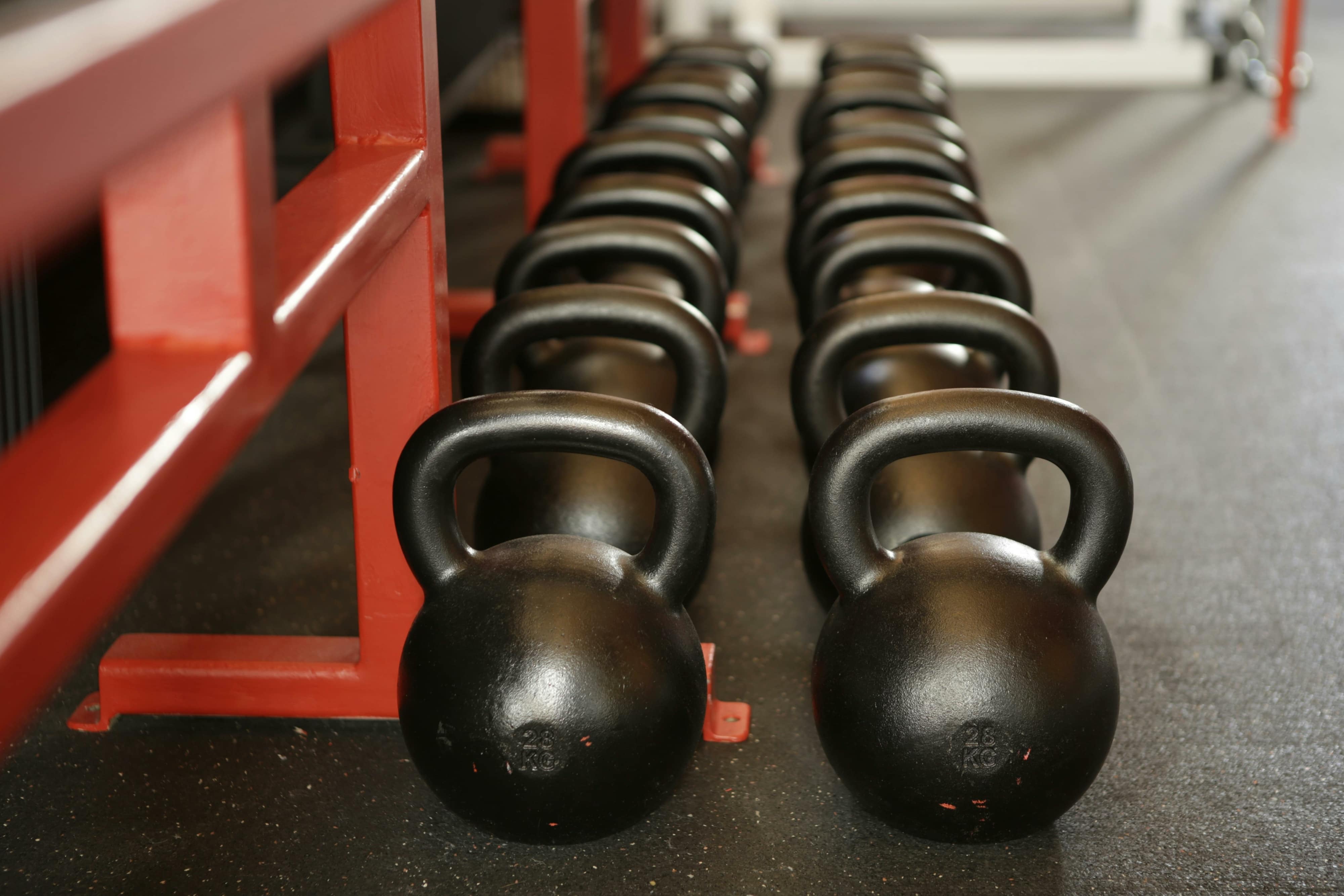From losing muscle mass, decreased flexibility, compromised balance, old injuries and medical issues, training senior clients may require a more intricate approach and a different workout regimen compared to your younger clients. Training elderly clients aged 65+ doesn’t have to be complicated. We’ve come up with 11 key points for you to consider.
1) Start with a Comprehensive Assessment
When you have a senior prospect reach out to you, the first 30-minute to 1-hour consultation is extremely important. During this time, it’s crucial that you take a lot of notes regarding their past injuries, health, goals, previous exercise experience, as well as putting them through a Functional Movement Screen (FMS).
This is your first opportunity to give a great impression and give them the trust they’re looking for to help them get healthier.
Upon your assessment, you can then create a workout plan that works around their injuries and past workout experience or lack thereof. For example, clients over 65 who have worked out their whole life can perform a wider array of workouts compared to someone who’s rarely exercised inside or outside a gym setting.
2) Be the Motivating Force They Need
If you’re training elderly clients, you should not only encourage them physically, but mentally as well.
Help them see their own ability and direct them to do exercises they favor more.
The focus should be on getting them into the habit of working out instead of pushing them too hard to complete workouts. This might cause them to give up too soon if you push them past their limits.
Learn How to Become a Certified Personal Trainer Online in Less Than 6 Months

3) Be Prepared for Smaller Achievements
After your fitness assessment, you’ll likely notice that even the older clients who have worked out for several years still have a smaller range of motion. Many seniors will experience pain in multiple movements so it’s important that you change up your workouts to cater to their current flexibility.
Adjust their workouts as you perform them, not just after the first assessment. For example, if you have a client with a rounded upper back, chances are they will struggle with keeping their shoulders in the right position when performing back exercises like rows.
When you see this happen, incorporate flexibility and stretching movements that may help to increase the range of motion for particular exercises over time, versus simply removing the exercise..
Overtime their form will get better so make sure to adjust what a “proper rep” looks like as you work with them.
4) Incorporate Balance Warm-Ups
Senior clients may have some fear and insecurities when it comes to certain workouts that require balance.
Make sure you begin every workout with balance exercises to strengthen their core and get their confidence back. Start with having your client stand on two feet and slowly lift one leg up and hold this position. Stay close to your client so they have something to hold onto if they start to lose balance.
5) Focus on Hip Extensor Muscles
The gluteal muscle group, commonly known as the glutes, has a huge responsibility in posture and movement.
Many people view the glutes as a direct measurement of overall physical health. Encouraging safe glute exercises will improve your older clients functional movement and posture.
Incorporate the glute bridge both for reps and holds in the top position of the exercise. This is a great exercise to help activate these muscles and should be performed in every workout.
6) Flexibility Workouts are Key
Poor range of motion and tight muscles can lead to discomfort, injury, and increases the chances of your older clients falling.
Focusing on flexibility should be one of your top priorities when training seniors. Even a simple stretching routine in the morning can reverse the effects of tight muscles and helps improve range of motion when training them.
Spend at least 10 minutes stretching before and after every workout. This will help improve mobility and even increases the quality of life when performing simple chores around the house.
Flexibility exercises that target the neck, hips, knees, ankles, and shoulders are a great place to start.
7) Encourage Unilateral Exercises
Single-arm exercises are a great way to establish a stronger mind-muscle connection in your 65+ clients.
Use split-stance exercises such as lunges to help strengthen your clients’ core. Unilateral exercises also improve your clients flexibility and gives them a longer walking stride.
8) Build Power in Your Clients
Power decreases much faster for your older clients compared to muscle mass and strength. Since power and strength are interconnected, focusing on strength-building exercises is encouraged.
Incorporate strength-building exercises that keep your clients close to the floor. Instead of doing box jumps and sprints, consider having them perform kettlebell swings, stationary bike sprints, and skipping instead of running.
9) Use Exercise Loads Promoting Both Strength and Hypertrophy
Strength and muscle mass also declines much faster in older clients. Research show that strength falls up to five times faster than muscle mass in seniors.
That’s why it’s important to devise a workout plan designed for both strength and hypertrophy.
You can increase both strength and hypertrophy by having your senior client perform weighted exercises in the 8 to 12 rep range.
10) Modify Exercises to Cater Their Needs
Your clients over 65 may have a history of injuries and health problems. Common issues such as heart disease, high blood pressure, stroke, osteoporosis, and joint pain may get in the way of certain workout regimens.
It’s imperative that you know how to modify exercises to ensure your clients can still perform them without exacerbating any current health issues they may have.
11) Avoid Extreme Exercises
Many exercises and workout routines you recommend to your younger clients may be out of the question for your senior clients. Avoid these workouts for your older clients, especially if they’re a beginner:
- Barbell workouts. Workouts like deadlifts, power cleans and bent-over rows using a barbell can cause injury easily if your clients aren’t careful.
- Sprints and jumps. Avoid exercises like box jumps and all-out sprints. One wrong landing can injure your client.
- Extreme high intensity interval training (HIIT). Although HIIT workouts are beneficial to just about everyone, make sure to adjust your expectation as to how much exertion they put forth. Don’t push them too hard as it may do more harm than good.
Be the Trusted, Motivating Trainer Your Senior Clients Need
Clients over 65 may need more guidance and monitoring compared to your younger clients, especially if they’re a beginner.
It’s your responsibility to ensure they are performing workouts correctly and being their fitness guide to help them reach their goals.
Remember, there is a good chance they may have past injuries so it’s crucial that you cater your specific workouts to accommodate any previous aches or pains they may have. Not yet a certified personal training professional? We can help you get started in your new career.

The Essential Business Course for Health and Wellness Entrepreneurs
Gain the skills needed to build and run a thriving, lucrative health and wellness business.



